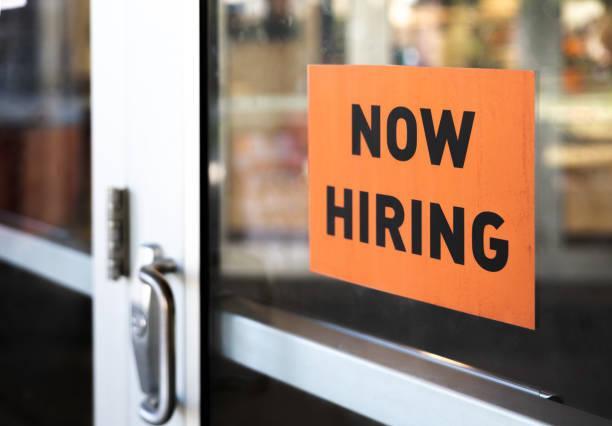
Swipes before Bites? Which is better?
In the world of food tech, the user interface (UI) and user experience (UX) are not just about aesthetics; they’re the appetizer before the meal. A sleek and intuitive interface is what sets the tone for a seamless ordering experience, making users crave more. First impressions matter, and thoughtful design ensures smooth onboarding, quick order placement, and high user retention. On the other hand, a clunky UI can lead to abandoned carts and unhappy customers.
In this blog post, we’ll delve into the importance of UI/UX in food tech and explore whether swipes or bites come first. Are swipes, the intuitive navigation and ordering process, more crucial than bites, the actual food, in determining the success of a food tech platform? Let’s dive in.
The Rise of Food Tech
The food tech industry has seen tremendous growth in recent years, with the global market size projected to reach $1.2 trillion by 2025. This surge in popularity can be attributed to the increasing demand for convenience, flexibility, and customization in food ordering and delivery. With the rise of mobile apps and online platforms, consumers now have access to a vast array of food options at their fingertips.
The Role of UI/UX
In this competitive landscape, UI/UX plays a critical role in setting a food tech platform apart from its competitors. A well-designed interface not only enhances the user experience but also influences customer loyalty and retention. A study by Forrester found that companies with poor UX can experience a 40% drop in customer loyalty.
Swipes Before Bites
So, what makes a great UI/UX in food tech? It starts with swipes, not bites. Here are some key elements that contribute to a seamless ordering experience:
- Intuitive Navigation: A clear and concise menu structure, accompanied by high-quality images and detailed descriptions, makes it easy for customers to find what they’re looking for.
- Streamlined Ordering Process: A simple and quick ordering process, with minimal clicks and taps, reduces friction and increases the likelihood of customers completing their orders.
- Personalized Recommendations: Algorithms that suggest popular items, based on user preferences and ordering history, can enhance the overall experience and increase average order value.
- Real-time Updates: Real-time updates on order status, delivery times, and special offers keep customers informed and engaged throughout their ordering journey.
Bites Before Swipes
But what about the actual food? Isn’t it the quality and taste of the dishes that matter most? While bites are undoubtedly crucial, they can’t compensate for a poor UI/UX. A study by McKinsey found that 71% of consumers would switch to a different restaurant or food brand due to a poor dining experience.
The Importance of Feedback
Feedback is a vital component of the UI/UX equation. Food tech platforms that collect and act on customer feedback can improve their offerings, increase customer satisfaction, and drive loyalty. By incorporating feedback into their design process, food tech companies can optimize their UI/UX and ensure that swipes and bites come together in harmony.
Conclusion
In conclusion, swipes before bites is not just a catchy title; it’s a reality in the world of food tech. A well-designed UI/UX is essential for creating a seamless ordering experience, driving customer loyalty, and increasing retention. While bites are undoubtedly crucial, a poor UI/UX can lead to abandoned carts and unhappy customers. By prioritizing swipes, food tech platforms can set themselves up for success and create a loyal customer base.
Sources:
https://www.growthjockey.com/blogs/social-media-trends-india-global






